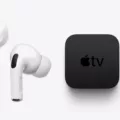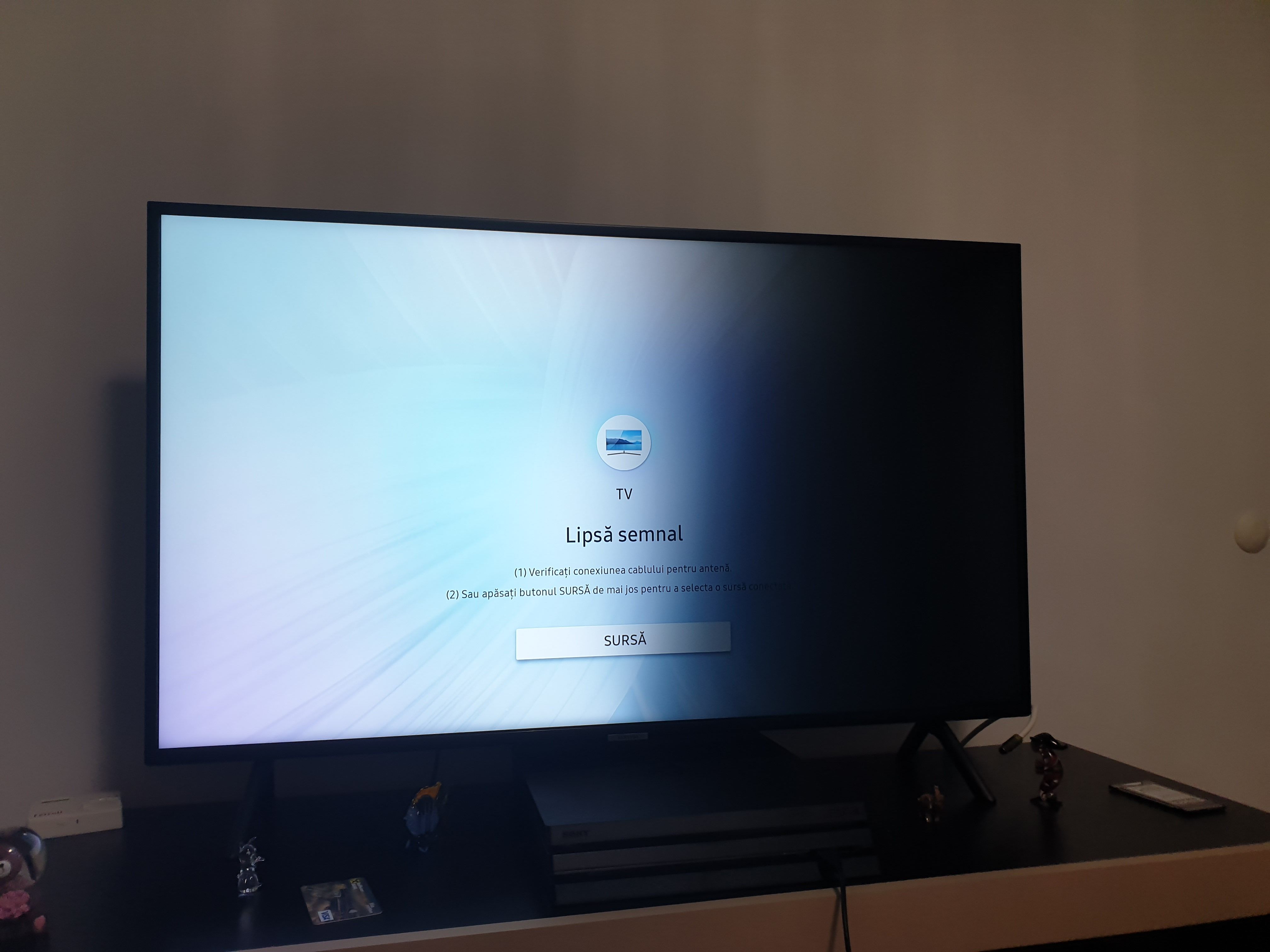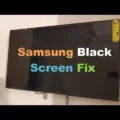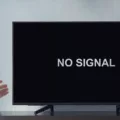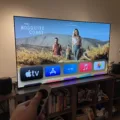Apple TV 4K is a popular streaming device that allows users to enjoy high-quality video content on their television screens. With its advanced features and capabilities, it has become a favorite among tech-savvy individuals. However, like any electronic device, it can sometimes encounter issues, such as the “no signal” problem. In this article, we will delve into the possible causes of this issue and provide some troubleshooting steps to help you resolve it.
One of the most common reasons for the “no signal” problem on Apple TV 4K is a faulty HDMI cable. To ensure a stable connection, it is essential to use an HDMI cable that is compatible with 4K video and HDR formats, such as HDR10, HDR10+, and Dolby Vision. Apple recommends using HDMI cables that have been tested with Apple TV 4K and a wide range of TVs, such as the Belkin Ultra High-Speed HDMI Cable. Make sure the cable is securely connected to both your Apple TV and your television.
If you have verified that the HDMI cable is not the culprit, the next step is to check the power connections. Disconnect your Apple TV from the power outlet and wait for about five seconds before reconnecting it. Sometimes, a simple power cycle can resolve minor glitches and restore the signal to your television.
Another potential cause of the “no signal” problem could be an issue with the HDMI ports on either your Apple TV or your television. Try disconnecting the HDMI cable from both devices and then reconnecting it, ensuring that it is firmly plugged into each port. If the problem persists, you may want to try using a different HDMI port on your television or even a different television altogether, to determine if the issue lies with the port or the device.
It is also worth mentioning that the settings on your Apple TV can affect the signal output. Go to the Settings menu on your Apple TV and select “Video and Audio.” From there, choose the desired video resolution and check if the “Match Content” option is enabled. Enabling this option allows your Apple TV to automatically adjust the video output based on the capabilities of your television. This can help ensure a smooth and compatible signal.
In some cases, a software glitch or a firmware issue may be causing the “no signal” problem on your Apple TV. To address this, make sure your Apple TV is running the latest software version. Go to the Settings menu, select “System,” and choose “Software Updates.” If an update is available, follow the on-screen instructions to install it. Updating the software can often resolve compatibility issues and improve the overall performance of your Apple TV.
If none of the above steps resolve the “no signal” problem, it may be necessary to contact Apple Support for further assistance. They can provide personalized troubleshooting and guide you through additional steps to resolve the issue.
The “no signal” problem on Apple TV 4K can be frustrating, but it is usually caused by minor issues that can be easily resolved. By checking the HDMI cable, power connections, HDMI ports, and adjusting the settings, you can troubleshoot and potentially fix the problem yourself. If all else fails, don’t hesitate to reach out to Apple Support for professional assistance.
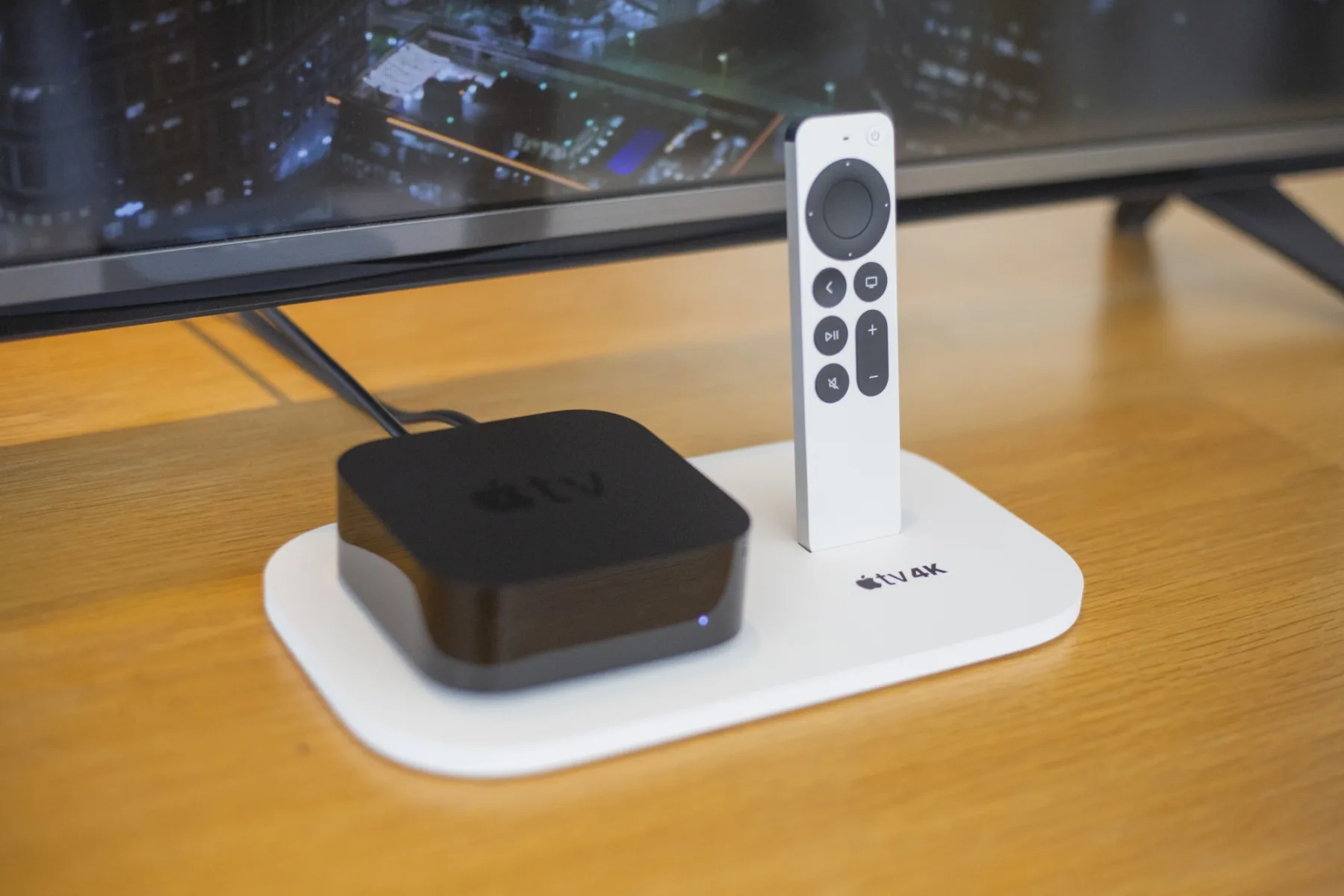
How Do I Force Restart My Apple TV 4K?
To force restart your Apple TV 4K, follow these steps:
1. Press and hold both the Back (Siri Remote 2nd generation or later) or (Siri Remote 1st generation) and TV buttons on the Siri Remote simultaneously.
2. Continue holding both buttons until the Apple TV status light on the front of the device starts blinking rapidly. This usually takes about six seconds.
3. Next, disconnect your Apple TV from the power outlet by unplugging the power cord.
4. Wait for approximately five seconds.
5. reconnect your Apple TV to the power outlet by plugging the power cord back in.
By following these steps, you will have successfully force restarted your Apple TV 4K.
Does Apple TV 4K Need Special HDMI Cable?
Apple TV 4K does require a special HDMI cable in order to fully support its features, especially 4K video playback with high dynamic range (HDR) formats such as HDR10, HDR10+, and Dolby Vision. These HDR formats enhance the visual quality of the content by providing more vibrant colors and greater contrast.
To ensure compatibility and optimal performance, Apple recommends using HDMI cables that have the “Compatible Dolby Vision” mark. These cables have been specifically tested with Apple TV 4K and a wide range of TVs to ensure they can handle the bandwidth requirements of 4K HDR content.
One example of a recommended HDMI cable is the Belkin Ultra High Speed HDMI Cable. This cable is designed to support 4K HDR content and has been tested to meet Apple’s standards for compatibility with Apple TV 4K.
Using a compatible HDMI cable is important because regular HDMI cables may not be able to handle the higher bandwidth required for 4K HDR content. This can result in reduced picture quality or even compatibility issues between your Apple TV 4K and your TV.
Yes, Apple TV 4K does require a special HDMI cable compatible with HDR formats like HDR10, HDR10+, and Dolby Vision. It is recommended to use HDMI cables that have been tested and certified as compatible with Apple TV 4K, such as the Belkin Ultra High Speed HDMI Cable.
Why Is My Apple TV 4K Light Blinking And Not Turning On?
There can be several reasons why your Apple TV 4K light is blinking and not turning on. Here are some possible causes and solutions:
1. Power issue:
– Ensure that your Apple TV is properly plugged into a power source and that the power cable is securely connected.
– Check if the power outlet is working by plugging in another device.
– Try using a different power cable or adapter to see if the issue is with the current one.
– If you’re using a power strip or extension cord, try plugging the Apple TV directly into a wall outlet.
2. HDMI connection issue:
– Verify that the HDMI cable is firmly connected to both the Apple TV and your television.
– Try using a different HDMI cable or a different HDMI port on your TV to rule out any potential cable or port issues.
– Check if the HDMI input on your TV is set to the correct source for your Apple TV.
3. Software or firmware issue:
– Check if there are any pending updates for your Apple TV. Go to Settings > System > Software Updates to check for updates.
– If your Apple TV is unresponsive, you can try resetting it by going to Settings > System > Reset.
– If none of the above steps work, you can try restoring your Apple TV to its factory settings by going to Settings > System > Reset > Restore.
4. Hardware issue:
– If none of the above solutions work, there might be a hardware problem with your Apple TV. Contact Apple Support or visit an authorized service center for further assistance.
Remember to try each solution one by one and test if your Apple TV turns on after each step. If the issue persists, it’s advisable to seek professional help to diagnose and resolve the problem.
Why Is My TV Saying No Signal With HDMI?
When your TV displays a “no signal” message with HDMI, it usually means that there is an issue with the HDMI connection between your source device (such as a cable box, game console, or streaming device) and your TV. Here are some possible reasons why this might be happening:
1. Loose HDMI cable connection: One common cause is a loose or improperly connected HDMI cable. To fix this, disconnect the HDMI cable from both your source device and your TV, ensuring that it is securely plugged in at both ends. Then, reconnect the cable firmly to both devices.
2. Faulty HDMI cable: Sometimes, HDMI cables can become damaged or faulty over time. If you have tried reconnecting the cable without success, it may be worth trying a different or new HDMI cable to see if that resolves the issue. Make sure to use a high-quality HDMI cable that supports the necessary bandwidth for your devices.
3. HDMI port issues: Another possibility is that there is a problem with the HDMI port on either your source device or your TV. Inspect the HDMI ports for any visible damage or debris that could be obstructing the connection. If you notice any issues, you may need to get the port repaired or replaced.
4. Source device settings: Check the settings on your source device to ensure that it is outputting the correct HDMI signal. Some devices may have options for different display resolutions or HDMI output settings. Make sure the settings are compatible with your TV.
5. TV input selection: Double-check that you have selected the correct input source on your TV. TVs typically have multiple HDMI ports, so ensure that you have selected the one connected to your source device.
6. Software/firmware updates: Occasionally, software or firmware updates on either your source device or your TV can cause HDMI connection issues. Check for any available updates for both devices and install them if necessary.
If none of these steps resolve the “no signal” issue, it may be worth contacting the manufacturer’s customer support or seeking professional assistance to further troubleshoot and diagnose the problem.
Conclusion
To conclude, Apple TV 4K is a powerful and versatile streaming device that offers an immersive entertainment experience. With its support for 4K resolution and HDR formats like HDR10, HDR10+, and Dolby Vision, it delivers stunning visuals and vibrant colors. The inclusion of an A12 Bionic chip ensures smooth performance and quick navigation through the user interface.
Apple TV 4K also offers a wide range of streaming options, including popular apps like Netflix, Disney+, and Apple TV+. Users can access a vast library of movies, TV shows, and live sports events. Additionally, the Siri Remote provides convenient voice control and a touch-sensitive trackpad for easy navigation.
Setting up the Apple TV 4K is straightforward, and it seamlessly integrates with other Apple devices, allowing for seamless streaming and content sharing. The device also supports AirPlay, enabling users to mirror their iPhone or iPad screens on the TV.
While the Apple TV 4K offers an exceptional streaming experience, it’s important to ensure that you have a compatible HDMI cable, such as the Belkin Ultra High Speed HDMI Cable, to fully utilize its capabilities. If you encounter any issues, restarting the device and checking the HDMI cable connections are recommended troubleshooting steps.
Apple TV 4K is a top-notch streaming device that combines cutting-edge technology, a user-friendly interface, and a vast content library, making it a worthwhile investment for anyone looking to enhance their home entertainment setup.


